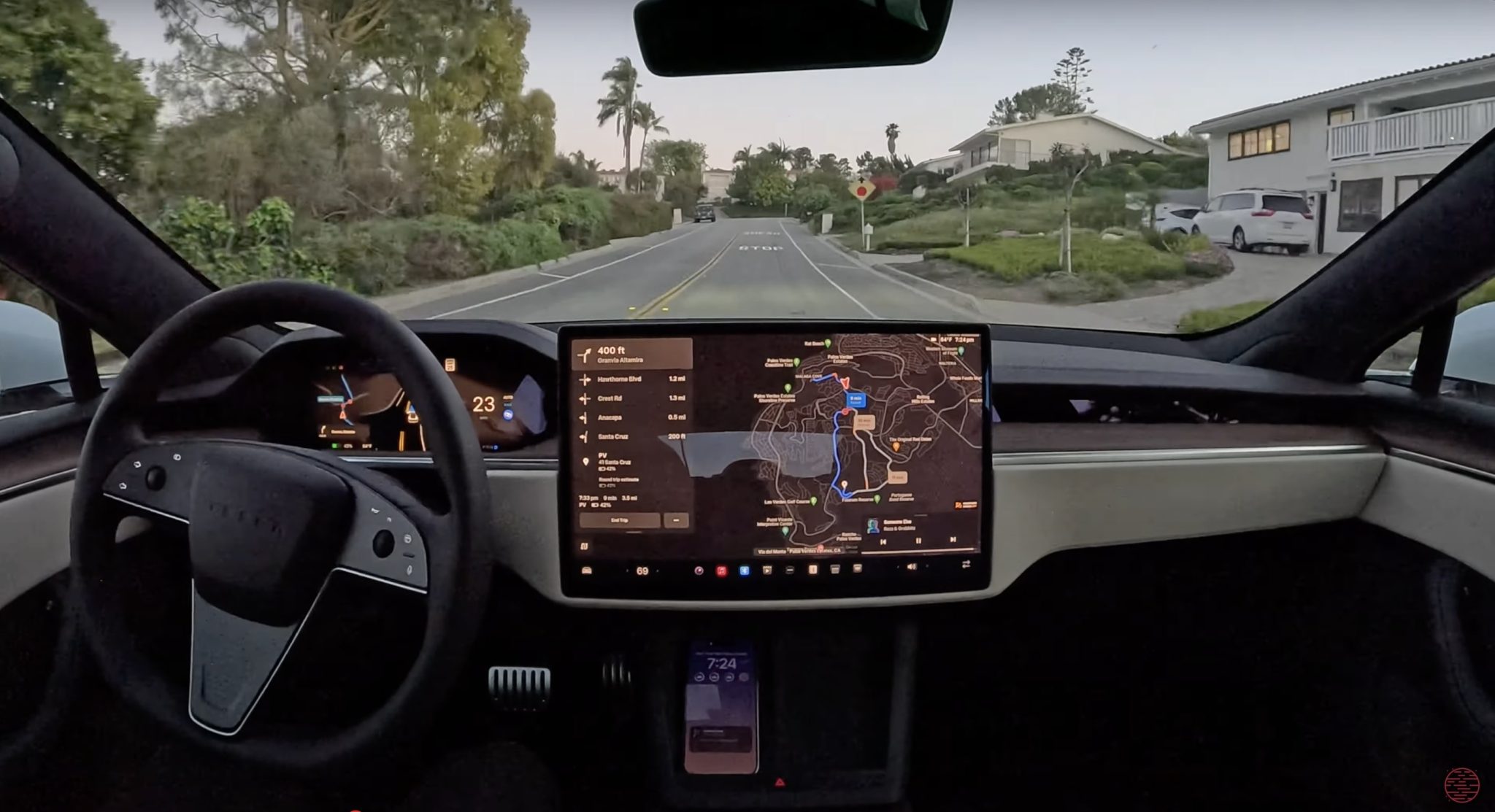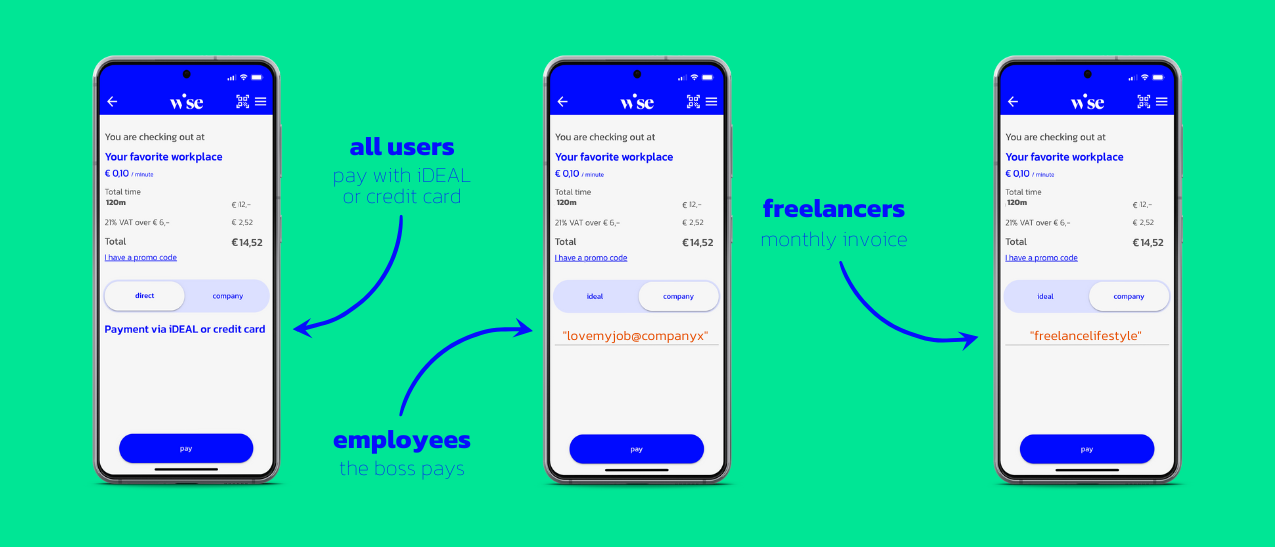The Future Of Uber: Robotaxi Technology And Its Stock Implications

Table of Contents
Technological Advancements and Challenges in Autonomous Driving
The State of Self-Driving Technology
The development of self-driving cars is progressing through different levels of autonomy, from Level 0 (no automation) to Level 5 (full automation). While fully autonomous vehicles (Level 5 autonomy) remain a distant goal for many companies, significant advancements have been made. Uber, along with competitors like Waymo and Cruise, are investing heavily in autonomous driving technologies.
-
Key Technologies: The development of robotaxi technology relies heavily on several key technologies:
- LiDAR: Light Detection and Ranging systems create detailed 3D maps of the environment.
- Radar: Detects objects and measures their distance and speed.
- Computer Vision: Uses cameras and artificial intelligence (AI) to interpret images and understand the surroundings.
- Deep Learning: AI algorithms analyze vast amounts of data to improve the performance and decision-making of autonomous systems.
-
Challenges Remain: Despite significant advancements, several challenges hinder the widespread adoption of self-driving cars:
- Edge Cases: Unpredictable situations, such as unexpected pedestrian behavior or unusual weather conditions, still pose significant challenges.
- Software Reliability: Ensuring the flawless operation of complex software systems in dynamic environments is crucial but difficult to achieve.
- Ethical Considerations: Programming autonomous vehicles to make ethical decisions in unavoidable accident scenarios is a significant challenge.
Uber's Investments in Autonomous Vehicle Technology
Uber's Advanced Technologies Group (ATG) has been at the forefront of robotaxi technology development. While Uber has faced setbacks and scaled back some aspects of its autonomous driving program, its investments remain a significant factor in its long-term strategy.
- Key Initiatives: Uber's efforts include:
- Internal R&D: Significant investments in developing its own self-driving technology and software.
- Strategic Partnerships: Collaborations with other technology companies to leverage expertise and resources.
- Data Acquisition: Collecting massive datasets from its existing ride-hailing operations to train its AI algorithms.
Uber's past efforts, though scaled back, highlight its ongoing commitment to self-driving technology, indicating a potential future where the robotaxi fleet plays a key role in the company's overall strategy.
Regulatory Landscape and Legal Hurdles
Navigating the Complexities of Autonomous Vehicle Regulations
The regulatory landscape for autonomous vehicles is complex and varies significantly across different jurisdictions. This creates challenges for companies like Uber, which need to navigate different sets of rules and regulations when deploying their robotaxis.
- Key Regulatory Hurdles:
- Liability in Accidents: Determining liability in the event of an accident involving an autonomous vehicle is a complex legal issue.
- Insurance Requirements: Insurance policies for self-driving cars need to adapt to the unique risks associated with this technology.
- Data Privacy: The collection and use of data by autonomous vehicles raise significant data privacy concerns.
- Public Acceptance: Gaining public trust and acceptance of self-driving technology is crucial for widespread adoption.
The Race for Regulatory Approval and Market Dominance
The race to deploy autonomous vehicles is fiercely competitive, with companies like Waymo, Cruise, and Tesla vying for market share. Regulatory approvals are a key factor in determining which companies gain a first-mover advantage.
- Competitive Landscape:
- Waymo: A leader in the field, with extensive testing and deployment experience.
- Cruise: Another major player, actively deploying autonomous vehicles in select cities.
- Tesla: Focusing on advanced driver-assistance systems, with ambitions for full self-driving capabilities.
Securing regulatory approvals will be critical for Uber to compete effectively in this rapidly evolving market. The timing of regulatory approvals will significantly impact Uber's ability to expand its robotaxi services and capture market share.
Financial Implications and Stock Market Analysis
Potential for Increased Revenue and Efficiency
The successful implementation of robotaxis could significantly impact Uber's financial performance. Lower operational costs, increased fleet utilization, and expanded service areas could lead to substantial revenue growth.
- Financial Projections:
- Reduced Labor Costs: Eliminating driver salaries could significantly reduce operating expenses.
- Increased Fleet Utilization: Robotaxis could operate for longer periods, maximizing asset utilization.
- Expanded Service Areas: Autonomous vehicles could expand service to underserved areas and increase revenue streams.
These factors could lead to increased profitability and potentially higher stock valuations.
Risks and Uncertainties Associated with Robotaxi Implementation
Despite the potential benefits, significant risks are associated with robotaxi implementation. High initial investment costs, potential delays, and technological setbacks could negatively impact Uber's stock price.
- Financial Risks:
- High Capital Expenditure: Developing and deploying a large fleet of autonomous vehicles requires substantial investment.
- Potential for Losses: The transition period may involve significant losses before robotaxis become profitable.
- Regulatory Setbacks: Delays or denials of regulatory approvals could significantly impact the timeline and profitability of the robotaxi program.
Investors need to carefully consider these risks before making investment decisions in Uber stock.
Conclusion
The future of Uber is inextricably linked to the success of its robotaxi initiatives. While the potential for significant revenue growth and increased efficiency is undeniable, the technological, regulatory, and financial challenges remain substantial. Investors should carefully weigh the potential rewards against the inherent risks before making investment decisions. Thorough due diligence and close monitoring of Uber's progress in developing and deploying its robotaxi technology are crucial for navigating this potentially transformative period. Continue to research and understand the evolving landscape of robotaxi technology and its impact on the future of Uber’s stock.

Featured Posts
-
 Psg Angers Maci Canli Izle Hangi Kanalda Ve Nasil
May 08, 2025
Psg Angers Maci Canli Izle Hangi Kanalda Ve Nasil
May 08, 2025 -
 Uber Auto Payment Update What Payment Methods Are Accepted Now
May 08, 2025
Uber Auto Payment Update What Payment Methods Are Accepted Now
May 08, 2025 -
 Krachy Pwlys Srbrah Ka Armghan Kys Myn Naahly Ka Aetraf
May 08, 2025
Krachy Pwlys Srbrah Ka Armghan Kys Myn Naahly Ka Aetraf
May 08, 2025 -
 Shifting Sands Taiwan Investment In Us Bond Etfs Slows
May 08, 2025
Shifting Sands Taiwan Investment In Us Bond Etfs Slows
May 08, 2025 -
 Predicting The Arsenal Vs Psg Semi Final A More Difficult Test Than Real Madrid
May 08, 2025
Predicting The Arsenal Vs Psg Semi Final A More Difficult Test Than Real Madrid
May 08, 2025
Latest Posts
-
 Anchorage Protests Against Trump Policies Continue Thousands Participate
May 09, 2025
Anchorage Protests Against Trump Policies Continue Thousands Participate
May 09, 2025 -
 New Funding For Community Colleges To Fight Nursing Staff Shortages 56 M
May 09, 2025
New Funding For Community Colleges To Fight Nursing Staff Shortages 56 M
May 09, 2025 -
 Second Week Of Anti Trump Protests In Anchorage Draws Thousands
May 09, 2025
Second Week Of Anti Trump Protests In Anchorage Draws Thousands
May 09, 2025 -
 56 Million Boost For Community Colleges To Combat Nursing Shortage
May 09, 2025
56 Million Boost For Community Colleges To Combat Nursing Shortage
May 09, 2025 -
 Anchorage Witnesses Second Anti Trump Protest In Two Weeks
May 09, 2025
Anchorage Witnesses Second Anti Trump Protest In Two Weeks
May 09, 2025
